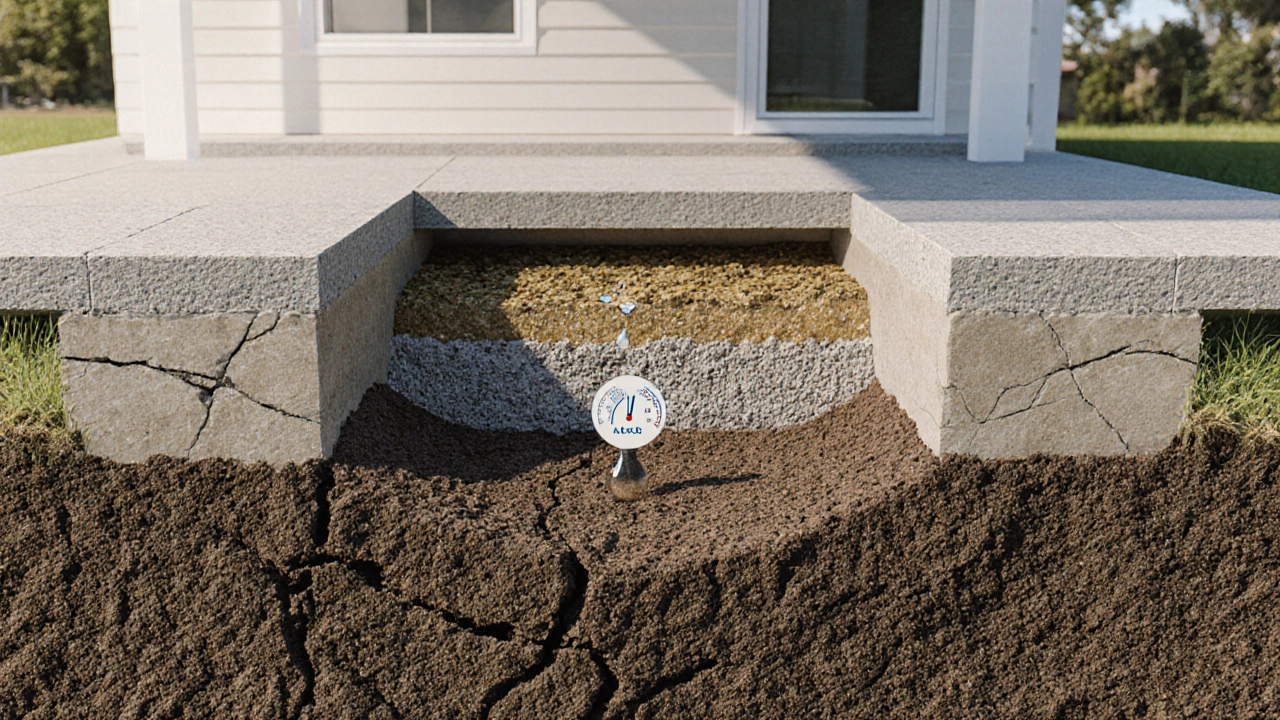Soil Moisture and Construction Health
When dealing with soil moisture, the amount of water held in the ground around a building. Also known as ground water content, it directly influences foundation stability, how well a building's base resists movement and settlement and the performance of the drainage system, the network that redirects excess water away from structures. High soil moisture can cause crack formation, the development of visible splits in walls, slabs, or foundations, especially when combined with certain soil types, clay, silt, sand, or loam that each retain water differently. Understanding these links helps builders, inspectors, and homeowners prevent costly repairs.
Soil moisture influences foundation stability because water expands clay particles, increasing pressure on footings, while drying shrinks them, pulling the foundation down. This expansion‑contraction cycle is a primary driver of horizontal and vertical cracks in new builds. Proper drainage design, including French drains, weep holes, and perimeter gutters, mitigates excess water accumulation and keeps the moisture content within safe limits. Likewise, selecting a suitable soil type for the site—or amending it with lime, sand, or gravel—balances water retention and flow. Modern moisture sensors, electronic devices that monitor real‑time water levels in the soil provide early warnings, allowing proactive repairs before a crack becomes structural.
Practical Steps to Manage Soil Moisture
Start by testing the site’s moisture profile: a simple probe or a professional TDR (time‑domain reflectometer) reading shows how water moves through the layers. Next, assess the drainage system you have in place. Ensure gutters are clear, downspouts direct water at least 2 m away, and the grading slopes away from the foundation. If the soil is heavy clay, consider a sub‑base of crushed stone to improve percolation. Install moisture sensors near the footing depth; set alerts for when readings exceed the design threshold—usually around 12–15 % moisture by weight for most UK soils. Finally, monitor for early signs of crack formation such as hairline splits in plaster or doors that stick, and schedule a structural inspection if they spread.
All the articles below dive deeper into each of these topics—whether you’re looking for a step‑by‑step guide to stop cracks, tips on choosing the right cement for foundation repair, or how to read moisture sensor data for ongoing maintenance. Use this collection to build a solid, moisture‑resilient foundation that stands the test of time.

